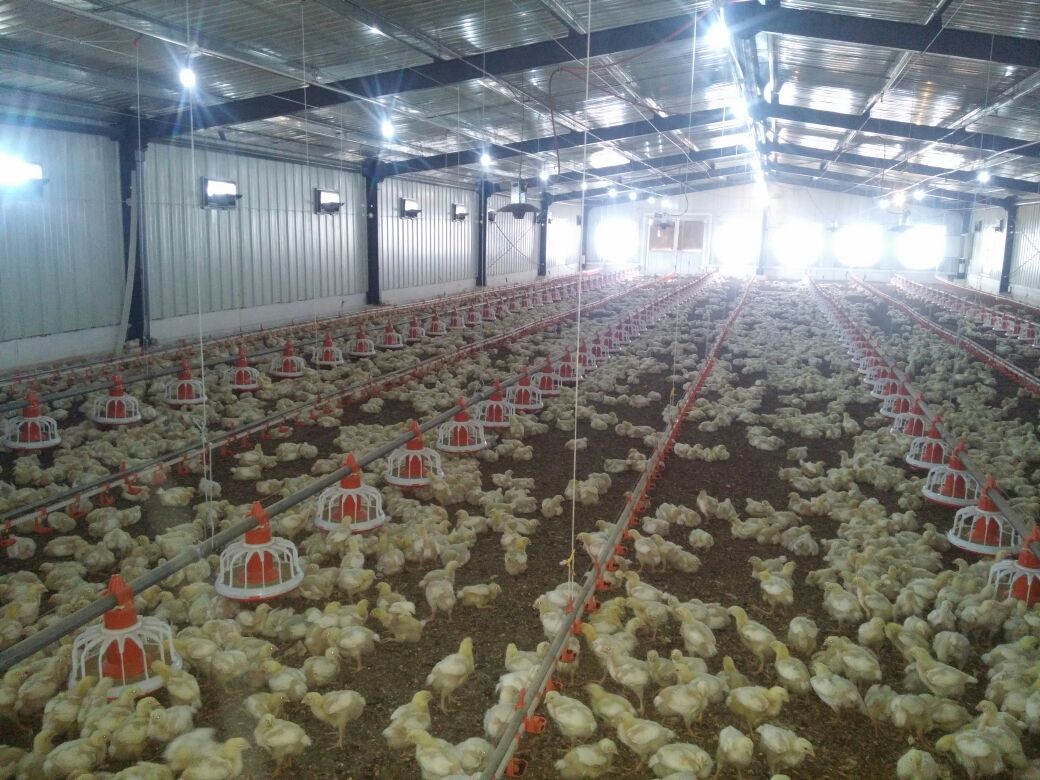Welcome to Shandong Superherdsman Husbandry Machinery Co., Ltd.
CONTACT US
QR code
Bottom navigation
CONTACT US
COPYRIGHT 2018 SHANDONG SUPERHERDSMAN HUSBANDRY MACHINERY CO., LTD. ICP:鲁ICP备09096242号
You Are Here:
Types and production process of slat for broilers
There are many kinds of slat for broilers in the aquaculture market, among which the bearing capacity is an important indicator to test the weight of slat for broilers. Here, we give you an answer on the material and load-carrying capacity of slat for broilers.

1. Cement slat for broilers: use raw materials such as cement, sand, stone, and steel bars. The common size in the market is 1.05-3 meters, depending on the span and thickness, the average bearing capacity is about 1000 kg, of which the bearing capacity of the machine-made cement slat for broilers can reach 1500 kg.
2. Composite slat for broilers: The main raw materials are resin, calcium carbonate, glass fiber, steel bars, etc. , commonly used in sow beds, nursery pens, fattening, etc., 1.05-3 meters long, and load-bearing about 800-1000 kilograms.
3. Plastic slat for broilers: The raw material is engineering polypropylene, which is mainly used for the care of pigs and piglets. Generally, pigs can climb over the fence when they grow to about 40kg, and the load-bearing capacity is about 200kg.
4. Cast iron slat for broilers and hot-dip galvanized slat for broilers: The slat for broilers used in the sow bed position are limited in use and bear a load of about 1000kg.
Load capacity is only one of the important indicators of broiler battens. In addition, properties such as hardness and corrosion resistance should also be considered comprehensively for applicable scenarios. More details can be communicated with the manufacturer.
The production process of slat for broilers involves firstly injecting oil or other release agent into the moulds, placing the rebar, secondly filling the concrete and tapping, and thirdly waiting for the concrete to set, which determines the number of moulds used. Generally, during the high temperature period in summer, the curing time is 24 hours, and there is no heating facility in winter, and the curing time is about 3 days. The fourth step is demoulding and curing, and the curing time is generally not less than 1 week.
Due to the production process of slat for broilers, the production of slat for broilers should consider its own construction period or delivery time, and determine the number of slat for broilers molds according to the local temperature and curing time at that time.






